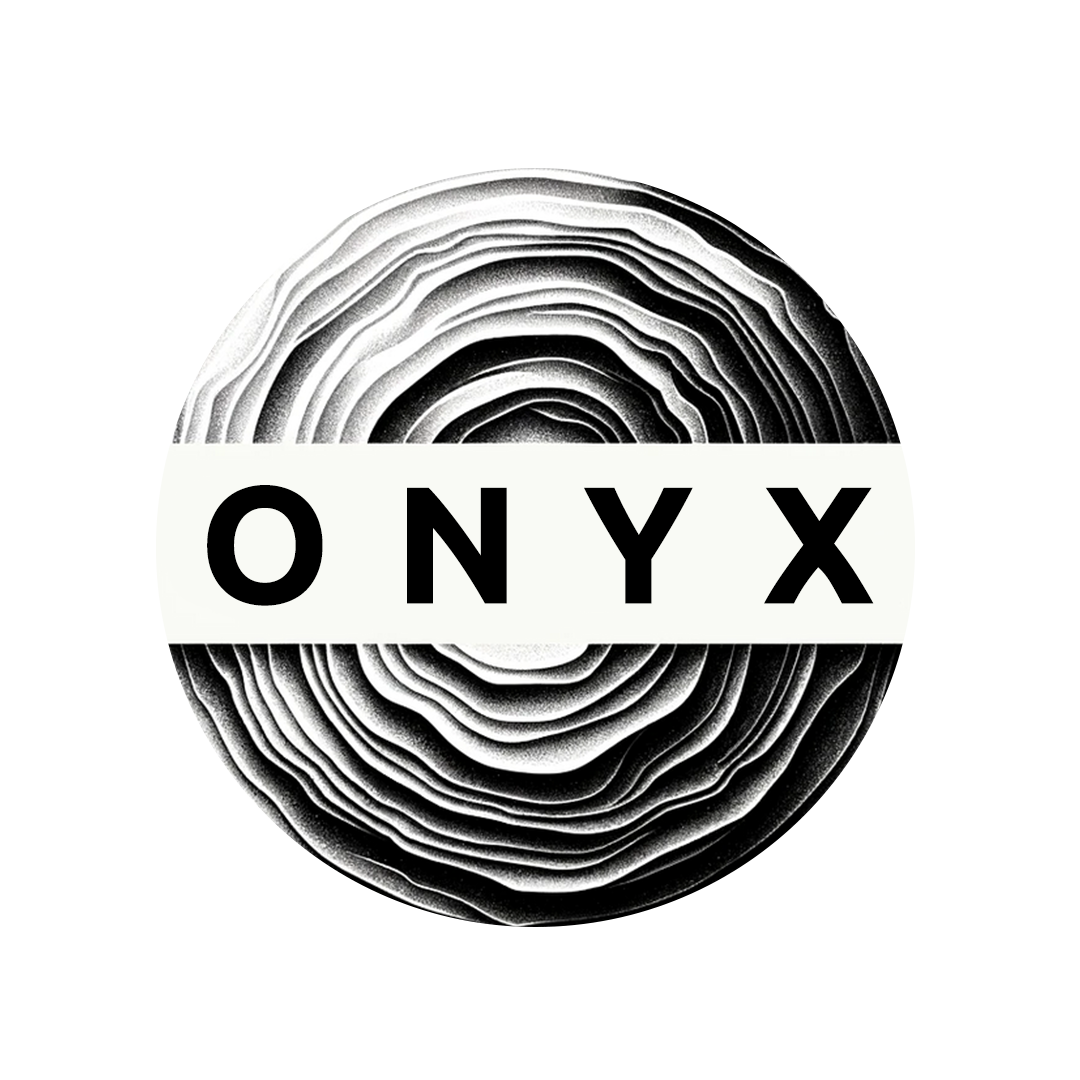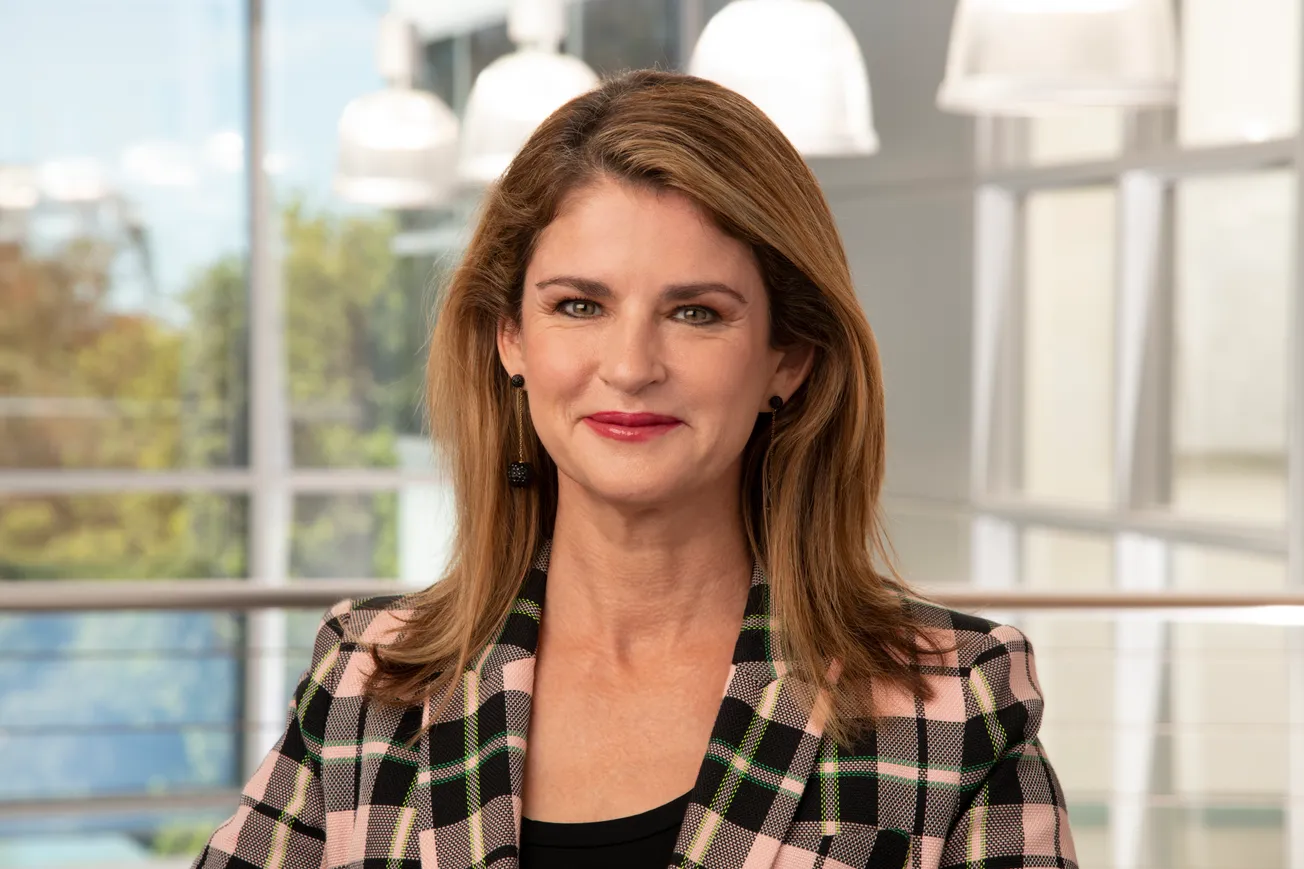Table of Contents
Exciting times at Avidity. But before we dive into that, could you give us a flavor of your career and what took you to the helm of the company?
I graduated from The University of Manchester in the UK with a science degree in microbiology. I've always loved science, but I realized early on that I wasn't a good scientist in the lab. So, I entered the industry as a medical sales rep.
I describe my career in two halves. The first 15 years were spent in large pharma, primarily in oncology, with most of that time at Novartis. I had the opportunity to live and work in three different countries and was involved in the launches of some truly incredible, life-changing drugs.
Then, I made the decision to move into biotech. I joined Alexion when it was still small — Soliris had just been approved. I spent the next 15 years in the rare disease space, focusing on company building and leading organizations.
I joined Avidity five years ago. For me, it was everything coming together — my experience in the RNA space (I've been in RNA therapeutics for about 10 years), my background in rare diseases, and my passion for bringing great science to people who need it.
I remember speaking to our founding scientist and saying, “You can deliver RNA to muscle cells? Because nobody has been able to do that. Let me see the data.” He showed me, and from that moment, I was all in.
Since then, we've been focused on building the company and advancing our programs. We're now moving into pivotal phases for all three of our programs: facioscapulohumeral muscular dystrophy (FSHD) and myotonic dystrophy type 1 (DM1), both of which currently have nothing approved for people living with these diseases. And, of course, our Duchenne muscular dystrophy (DMD) data was game-changing. And that's just what people see; there's a whole lot of other work we've been doing for a long time.
Could you explain what's involved in RNA therapeutics targeting rare muscle diseases and how your Antibody Oligonucleotide Conjugates work?
Most people are familiar with RNA from the COVID-19 vaccines, where the mRNA is designed to teach the body how to recognize and fight the virus. What we do is a bit different. We use what's called siRNA — short interfering RNA — as a way of silencing specific genes inside cells. siRNA can stop the body from producing harmful proteins that contribute to certain diseases. This is particularly important in rare genetic diseases where the production of a faulty or harmful protein leads to disease progression.
Historically, siRNAs have been really hard to deliver. Left to their own devices, they tend to go to the liver and get excreted out, which doesn't help us. That's where our AOC platform technology comes in.
We use an antibody — antibodies are very effective at attaching to receptors on cell surfaces. Our technology was entirely developed in-house by our incredible team of scientists. We conjugate an siRNA to an antibody, and then we can use the antibody to basically get our siRNA to where we need it to go.
I like to describe the antibody as essentially the bus — it delivers the passenger, the siRNA, to where it needs to go. The siRNA is the therapeutic; that's the part that does the work inside the cell. We're able to deliver to the specific cells we need to target.
We were the first company to demonstrate successful targeted delivery of RNA to muscle in humans. We've literally opened up a whole new field. We've changed the landscape both from a muscle perspective and in terms of what's possible with RNA therapeutics.
That's fascinating. And what's your progress with the FDA at the moment?
We have three programs in the clinic. For myotonic dystrophy type 1, a disease where there's nothing specifically approved, we shared data earlier this year. We're now enrolling in a Phase 3 study called HARBORᵀᴹ, involving patients around the world. The study design has been fully negotiated with the FDA, the EMA, Japan's PMDA, all the major regulatory bodies.
For FSHD, we plan to initiate two cohorts in the FORTITUDEᵀᴹ study. The first one will be starting in pretty short order and is designed for potential accelerated approval. Then, we're planning to initiate a study for full approval in the first half of next year, which we'll fully negotiate with the regulators.
As for our DMD program, EXPLORE44ᵀᴹ targeting exon 44, the data we've generated was unprecedented — it was just game-changing. We saw dystrophin levels that have never been achieved before, and we also saw near normalization of serum creatine kinase levels, which is something that's never been seen.
And what do the patient populations look like for these diseases?
For myotonic dystrophy type 1, it's estimated that there are about 40,000 people living with the disease in the U.S., and about the same number in Europe. There is nothing approved — literally nothing — for people living with myotonic dystrophy today. It's all about supportive care to help people cope with their symptoms.
For FSHD, it's estimated that about 30,000 people are living with the disease in the U.S., and again, about the same number in Europe. Once more, nothing is approved for these patients.
For DMD patients amenable to exon 44 skipping, it's estimated there are about 900 boys and young men in the U.S., and about the same in Europe. So that's more ultra-rare, but the need is still critical.
From a patient perspective, could you compare the sort of symptoms they might experience before versus after these therapies?
Let's focus on myotonic dystrophy type 1, as we have extensive data there. The hallmark of the disease is in the name itself — myotonia. Myotonia is an inability to relax a contracted muscle.
If you have a muscle that you can't relax, think about what that means for your ability to go about your life. It impacts everything. It affects the diaphragm, impacting breathing. It affects the heart, which is a cause of early mortality. It affects the tongue, so people live in constant fear of choking because if your tongue spasms and you've got something in your mouth, you've got a big problem.
People also progressively lose strength over time and lose mobility. What we were able to show in the MARINA study is that very quickly — we're talking six weeks — we start to see improvements in myotonia.
We also see improvements in muscle strength. We look at activities of daily living — what people can do — and we see significant improvements there as well.
We have an open-label extension study running. 37 people went into the study. All 37 remain and some have been on therapy now for over two years. We've had people going back to work who haven't been able to work for a long time — in one case, for 10 years out of work.
What we're seeing is signs of a reversal of disease progression compared to natural history data. It's a really significant breakthrough for people with myotonic dystrophy.
You’ve signed a huge deal with Bristol Myers Squibb worth up to $2.3 billion. Where are you with wider strategy?
Our collaboration with BMS is in the precision cardiology space. We're looking to open up a whole new field again by targeting genetic diseases that cause cardiomyopathies (diseases of the heart muscle). The collaboration involves up to five targets with BMS, and we also have our own wholly-owned precision cardiology programs.
We're aiming to change what happens in the cardiologist's office by opening up the possibility for people to be genetically sequenced. In the longer term, we'll have a range of different therapies directly targeting the underlying genetic cause of that cardiomyopathy. That's where our collaborations have been very strategic — they're about expanding the technology into areas or targets that we're not pursuing ourselves.
We also have a collaboration with Eli Lilly in the immunology space. We're not looking to direct our technology to immunology ourselves, but it makes sense to do that with a partner like Lilly.
For our skeletal muscle programs in rare diseases, we've always said that these are programs we're looking to develop and commercialize ourselves. We don't need to partner in this area — if we were open to it, there would be a long line of companies eager to collaborate with us.
We believe we can go deeper and understand the science better than anybody else. We also have the balance sheet to support this strategy. We're looking to commercialize globally ourselves, and that's always been our plan.
Finally, what’s your leadership advice?
My clear orientation is that people build companies — not drugs, not technology, not money — people.
We pay very close attention to our culture. It's simple — we call it 'Be AVID.' To be AVID about something is to have a passionate interest. There are four values that everyone in the company knows: Agile, Visionary, Integrated, Diverse. You'll never see these values posted on a wall because everyone at Avidity already embodies them.
We partner very closely with the patient community. We bring patients, caregivers, and physicians to talk to the whole company regularly. We do that a lot to remind people of what we're trying to do because drug development is hard, and what we're doing in the lab is hard. Reminding everyone that we're a group of people trying to bring great science to help other people is crucial.
It's funny, last night, the driver who often picks me up and takes me to the airport, said I always seem to have so much energy. And I told him, “I actually love my job.” As a CEO, you're only as effective as the team around you, and I’m grateful to them. I view myself as incredibly fortunate that I get to lead the team at Avidity. The secret sauce? It's people. We're looking to build a company that can make a profound impact on people's lives.





